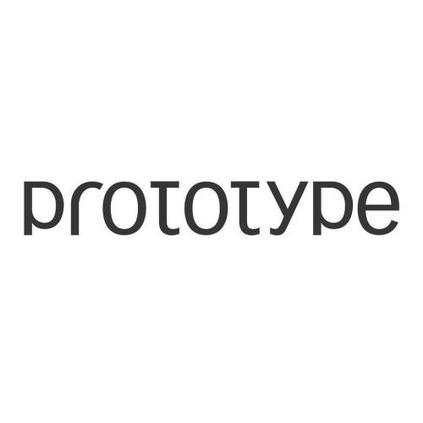This paper presents a design and automation environment to study the control trajectory for new CDPR architectures, for instance CDPRs with an unusual number of cables or different motor location in the robot frame. In order to test the environment capabilities, an architecture of a planar under-constrained CDPR was designed, simulated, and implemented using standard industrial hardware. Both the simulated model and industrial prototype were running the same trajectories to determine the time delay and the error position between them. The tests have demonstrated that the simulated model of the CDPR reproduces the trajectories of the equivalent industrial prototype with a maximum deviation of 0.35% under loading and different speed conditions, despite the time delays produced by the data transmission and the non-deterministic communication protocols used to connect the industrial automation controller with the simulated model. The results have shown that the environment is suitable for trajectory control and workspace analysis of new CDPR architectures under different dynamic conditions.
翻译:本文展示了一种设计与自动化环境,用于研究新的CDPR结构的控制轨迹,例如,在机器人框架中电缆数量不同或发动机位置不同的CDPR,为了测试环境能力,使用标准的工业硬件设计、模拟和实施了计划控制不足的CDPR结构。模拟模型和工业原型都运行同样的轨迹,以确定其时间延迟和误差位置。测试表明,CDPR模拟模型复制了同等工业原型的轨迹,在装货和速度条件下,最大偏差为0.35%,尽管数据传输造成时间延误,而且用于将工业自动化控制器与模拟模型连接起来的通信协议没有确定性。结果显示,环境适合在不同动态条件下对新的CDPR结构进行轨迹控制和工作空间分析。




